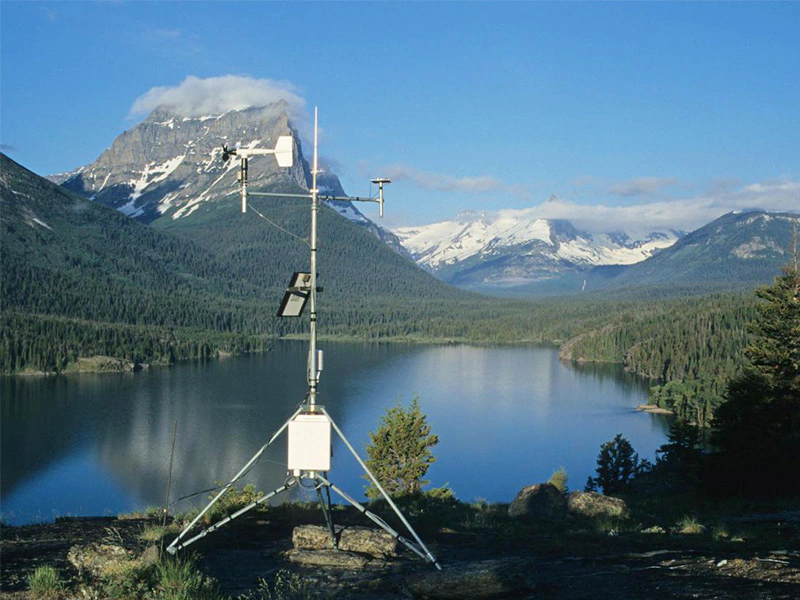
# Meteorological Station: Definition and Functions
## What is a Meteorological Station?
A meteorological station, also known as a weather station, is a facility equipped with instruments and tools designed to observe and record atmospheric conditions. These stations play a crucial role in gathering data about weather patterns, climate changes, and environmental conditions. They can be found in various locations, from remote areas to urban centers, and can operate manually or automatically.
## Key Components of a Meteorological Station
A standard meteorological station typically includes several essential instruments:
– Thermometer: Measures air temperature
– Barometer: Records atmospheric pressure
– Hygrometer: Determines humidity levels
– Anemometer: Measures wind speed
– Wind vane: Indicates wind direction
– Rain gauge: Tracks precipitation amounts
– Pyranometer: Measures solar radiation
## Primary Functions of Meteorological Stations
Meteorological stations serve multiple important functions in our daily lives and scientific research:
### Weather Forecasting
The most visible function of weather stations is providing data for accurate weather forecasts. By collecting real-time atmospheric data, meteorologists can predict weather patterns and issue warnings for severe conditions.
### Climate Monitoring
These stations maintain long-term records of weather data, helping scientists understand climate trends and detect changes over time. This information is vital for climate change research.
### Agricultural Support
Farmers rely on weather station data to make informed decisions about planting, irrigation, and harvesting. Accurate weather information helps optimize crop yields and prevent losses.
### Aviation Safety
Airports maintain sophisticated meteorological stations to monitor conditions that affect flight operations, including visibility, wind shear, and storm activity.
### Environmental Research
Scientists use data from weather stations to study atmospheric phenomena, air quality, and the impact of human activities on the environment.
## Types of Meteorological Stations
Meteorological stations come in various forms to serve different purposes:
– Surface stations: Located at ground level to measure standard weather parameters
– Upper-air stations: Use weather balloons to collect data from higher altitudes
– Marine stations: Installed on ships or buoys to monitor oceanic weather conditions
– Automatic weather stations (AWS): Operate without human intervention, transmitting data remotely
– Agricultural weather stations: Specialized for farming applications
## The Importance of Meteorological Data
The information collected by weather stations forms the foundation of modern meteorology. This data is used by:
– Government agencies for disaster preparedness
– Energy companies for power grid management
– Construction firms for project planning
– Insurance companies for risk assessment
– Outdoor event organizers for scheduling
As technology advances, meteorological stations continue to evolve, incorporating more sophisticated sensors and data transmission methods to provide increasingly accurate and timely weather information.
Keyword: what is meteorological station
